Table of Contents
Vijayanagar Society And Economy:
Vijayanagar Society:
The social history of the empire of Vijayanagar is of great significance because the rulers of Vijayanagar organized the society on the classical precepts. It was the last kingdom in the history of India in which the kings considered it their duty to protect and promote the traditional social order based on the varnashrama system. We can underline three important features in Vijayanagar society.
Firstly, the secular role of Brahmins was more important than their religious role. For example, Brahmins were appointed on important political and administrative posts.
Secondly, the society of South India was divided into two divisions- the division between right-handers or Velangais and left-handers or Idangais. Right-handers were involved in cultivation and trading of agrarian products. But left-handers were involved in craft production and in the trade of non-agrarian products. Furthermore, right-handers were the worshippers of Lord Vishnu while the left-handers were of Lord Shiva. Right-handers were more privileged and they were enjoying the support of Vellars.
Thirdly, the society of South India came to be divided even on the basis of sub-regions. In other words, we can say that even if the people from the same blood relationship got settled in another sub-region, they were supposed to belong to different groups. It was due to this reason matrimonial relationship could be developed even among the same blood relationship, in case if they got settled in different regions.
The main division in society was between Brahmins and Non-Brahmins. A foreign traveller Nuniz talks about Brahmins and says that they are honest and handsome but they are quite incompetent to do physical works. Among non-Brahmins gold, ironsmiths and carpenter were enjoying the better social position.
Slavery also existed in the Vijayanagar period, the besabaga or the sale of human beings was also not unknown. The Vijayanagar inscriptions and the accounts left by the foreign travellers contain a direct reference to both male and female slaves. The condition of slaves was governed by certain rules and they could not be ill-treated. The accounts of foreign travellers contain direct references to slaves. Nicolo Conti says: “They have a vast number of slaves, and the debtor who is insolvent is everywhere adjudged to be the property of his creditor”. The masters by and large treated them with kindness and consideration.
In Vijayanagar society, the rules of Dharmashastra was being emphasized and Brahmins were dominating the society. So the condition of women was not well and good. Although Nuniz talks about such women who were playing the role of fortune-tellers, musicians, dancers and even bodyguards, a number of social evils like polygamy, Devadasi system and Sahagamana or Sati system were prevalent in Vijayanagar society. Domingo Paes talks about the Devadasi system. Likewise, Abdul Razaq mentions about Sati system and this phenomenon was corroborated by epigraphical evidence as well.
In this way under Vijayanagar state social orthodoxy prevailed and society was basically characterized by the dominance of Brahmins.
Vijayanagar Economy:
According to the accounts of the foreign travellers, the Vijayanagar Empire was one of the wealthiest parts of the world at that time. Under the Vijayanagar empire, there was the exploitation of vast resources in the Telugu and Tamil region. The land was productive, so there was a good level of production of food crops and different types of cash crops like Sugarcane, spices as well. Sometimes even the state was taking interest in developing irrigation facilities. The land was divided into three categories. 3/4th land was the Amram Land. This land was given to Nayakars and Palegars in return of military service. The second type of land was Bandarvadha Land. The income from this land was going to the government treasury. The third type of land was Manya Land. The income from this land was going to Brahmins and temples.
Under Vijayanagar, we can underline the growing crafts and trade and better development of the money economy. The important items of export were textiles, saltpetre, spices, sugar, iron etc. Likewise, the important items of import were Horses, copper, semi-precious stone etc. The most important port under Vijayanagar was Calicut. Abdul Razaq talks about 300 ports.
Almost all the foreign travellers speak about the prosperity of Vijayanagar state. It was known as the golden bird of the east. In comparison to Cholan period, the money economy was more developed under Vijayanagar state. For example- as gold coins, we hear about Varaha and Parda. Partab and Fanam were mixed Gold and Silver coins. While Taar was purely a silver coin. In coastal region, even foreign currencies were in vogue. For example- Portuguese currency Crusado, Persian currency Dinar, Florin and Ducat from Italy were used for commercial transactions along the coastal regions.
- Strategies For Sustainable Development
- Levels of Biodiversity
- Protection Of Wildlife / Wildlife Protection Act, 1972
- Classification of Soils in India
- Soil Erosion & Soil Conservation Measures
- Desertification- Effects & Remedies
- Wetland- Types & Importance
- Indian Agriculture
- Sources of Irrigation
- Renewable and Non-Renewable Energy Sources
- Climates of the World
- Disasters and their Management– NIOS
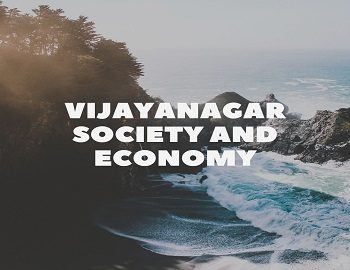
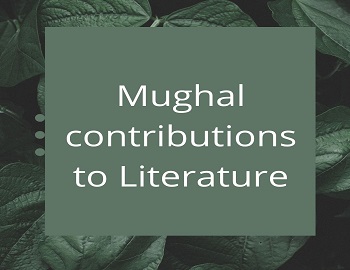
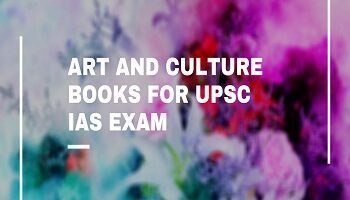



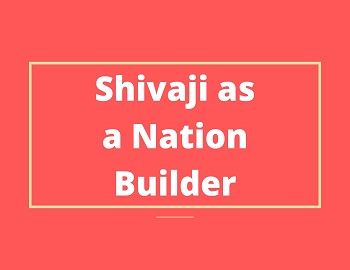
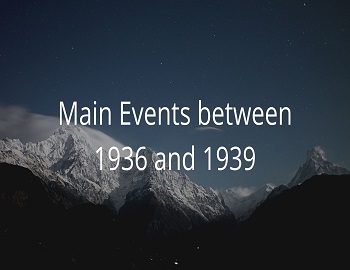
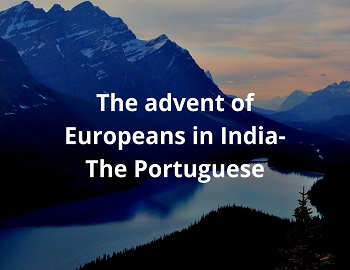
Comments (No)